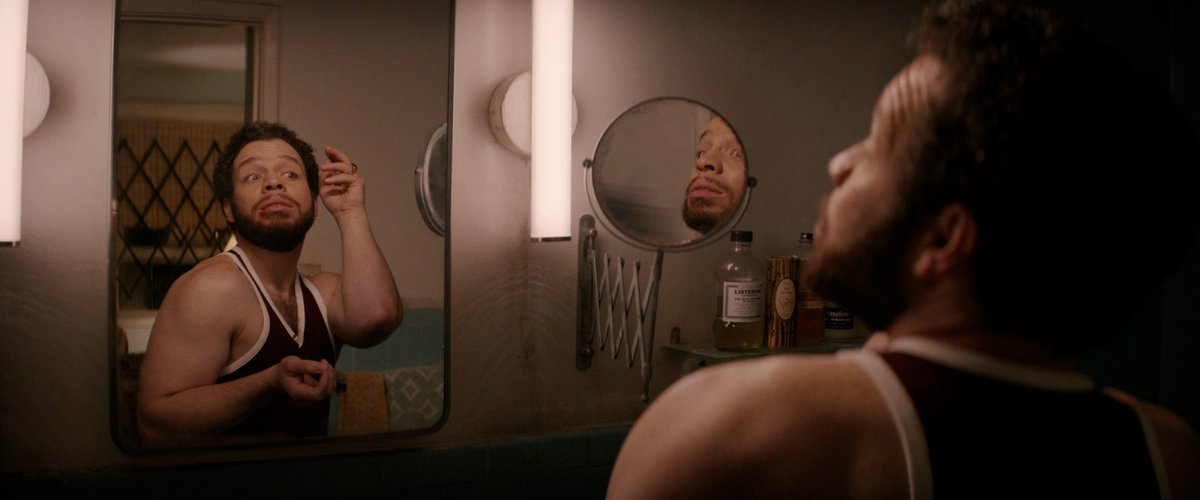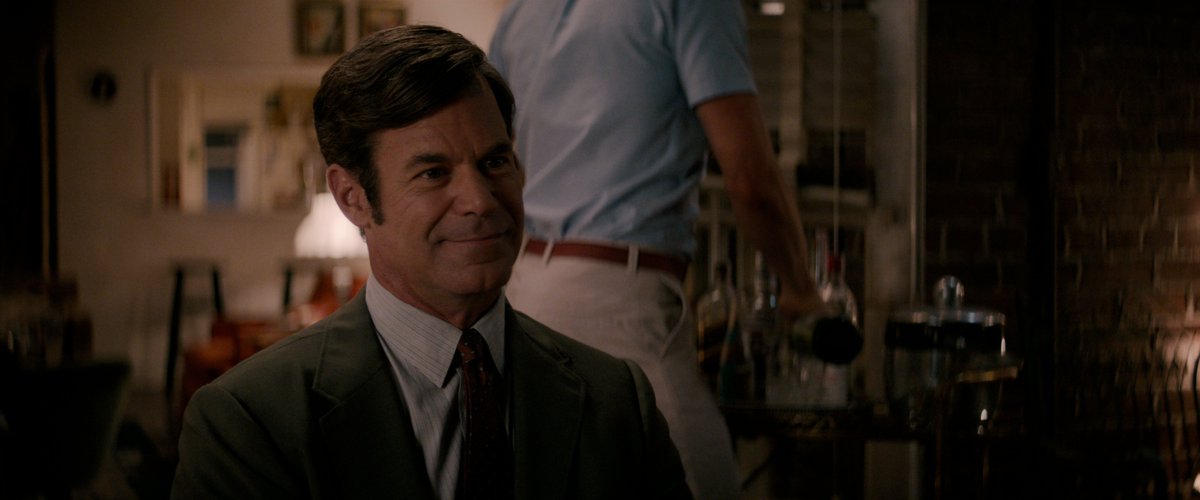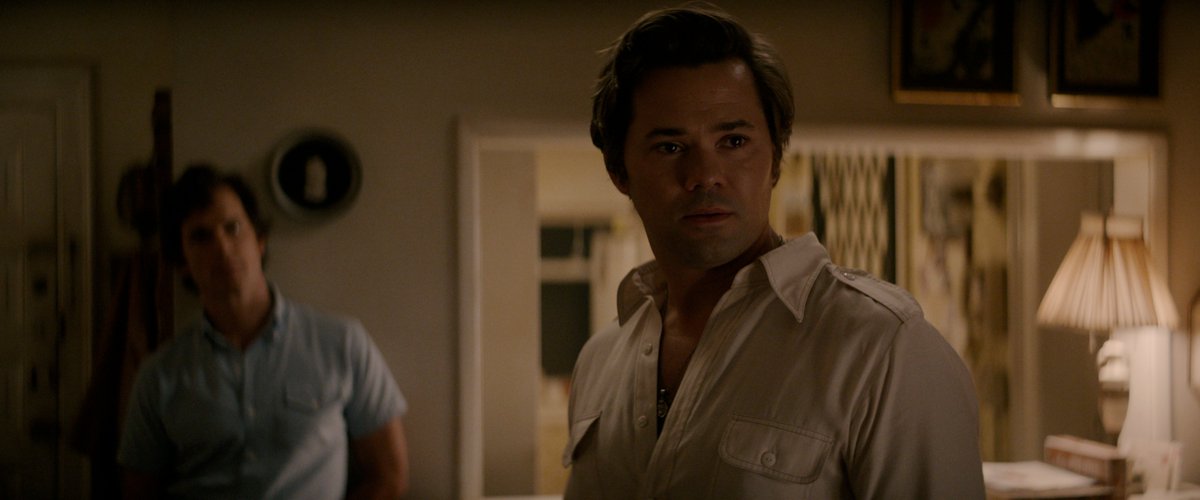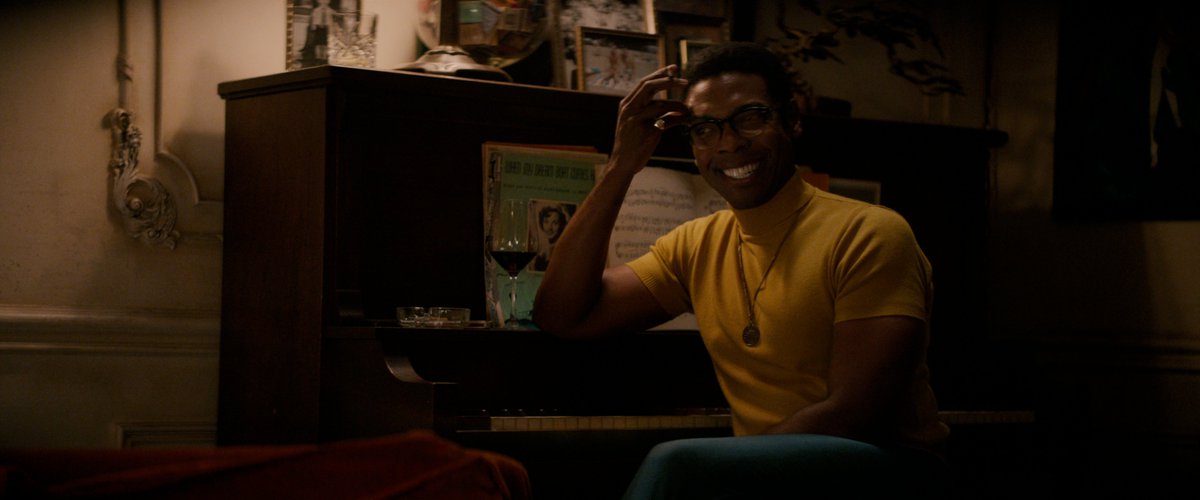50+ years after it debuted on stage, Mart Crowley& #39;s THE BOYS IN THE BAND revolves around a group of gay men with issues we still see prevalent in queer culture today. (THREAD)
The project has gone through multiple eras of perception: when it first debuted it was groundbreaking, showing gay men on stage discussing their lives in a pre-Stonewall America. But shortly after Stonewall it was complicated by questions of how gay men should be represented.
Now with the titular boys played by a cast of out gay actors, we can view it as a snapshot of a group of men in the 1960s engaged in something much deeper than a bit of catty reading among friends. We can also see what has and hasn& #39;t changed.
Take the archetypes...
Take the archetypes...
Charlie Carver& #39;s Cowboy is our modern day gay himbo.
Whether they are working the midnight shift, turning Johns for $20 in the 1960s, or posting scintillating teasers for their subscription services to Twitter, we& #39;ve long maintained a space for prizing brawn over brains
Whether they are working the midnight shift, turning Johns for $20 in the 1960s, or posting scintillating teasers for their subscription services to Twitter, we& #39;ve long maintained a space for prizing brawn over brains
And then of course there& #39;s Robin de Jesus& #39; Emory.
Now recontextualized as a Puerto Rican gay man in the late 60s, Emory is your perpetually campy sister, the Chromatica jockstrap-wearing Mary who won& #39;t shut up — not that you’d ever want him to, of course!
Now recontextualized as a Puerto Rican gay man in the late 60s, Emory is your perpetually campy sister, the Chromatica jockstrap-wearing Mary who won& #39;t shut up — not that you’d ever want him to, of course!
Emory represents some of the most outwardly visible members of our community, and is saddled with the brunt of homophobia from his own community, whether that be from trolls on Instagram or drunks at dinner parties.
Which brings us to his polar opposite, the supposed "straight-passing, heteronormative" gay man.
In BOYS IN THE BAND, he’s represented by Tuc Watkins& #39; Hank (who is actually bisexual). This beer-swigging, “monogamous” father-of-two is the sports-loving "dude-bro" we all know.
In BOYS IN THE BAND, he’s represented by Tuc Watkins& #39; Hank (who is actually bisexual). This beer-swigging, “monogamous” father-of-two is the sports-loving "dude-bro" we all know.
Romantically tied to Andrew Rannells& #39; Larry, the horniest boy in the band, the pair bring to the screen the ongoing queer discourse about the difference and tension between sex and love.
And oh, what a discourse...
And oh, what a discourse...
Not only are these archetypes still present in queer culture today, we’re still having the same arguments. Larry and Hank& #39;s tête-à-tête around monogamy in gay relationships is one kicked up every three weeks in some corner of gay Twitter.
As is the ongoing conversation about respectability politics. When a presumed straight man crashes the party, the boys must button up, uncross their legs, and put the most outwardly queer parts of themselves away. Internalized shame often manifests as a vie for “normalcy.”
Even the way race is handled within the group is a mirror to contemporary gay social dynamics: there is a sole Black friend, who finds himself reminded of his otherness in off-color, racist remarks.
But there seems one major difference between THE BOYS IN THE BAND& #39;S 1960s setting and today. At the film& #39;s end, as everyone leaves the party, after they& #39;ve read each other for their deepest insecurities, and been subjected to emotional torture, they make plans to do it all again.
This is the reality the boys have come to expect. There is the self-loathing, there is the shame, and that is life. But in ways, this has changed, and is still evolving.
As the world has become more intersectional and the idea of queerness as a “defect” has been debunked, “gay shame” is slowly a thing of the past, though its legacy lives on. Who knows: in another 50 years the queers in the band might be having a very different conversation.

 Read on Twitter
Read on Twitter






